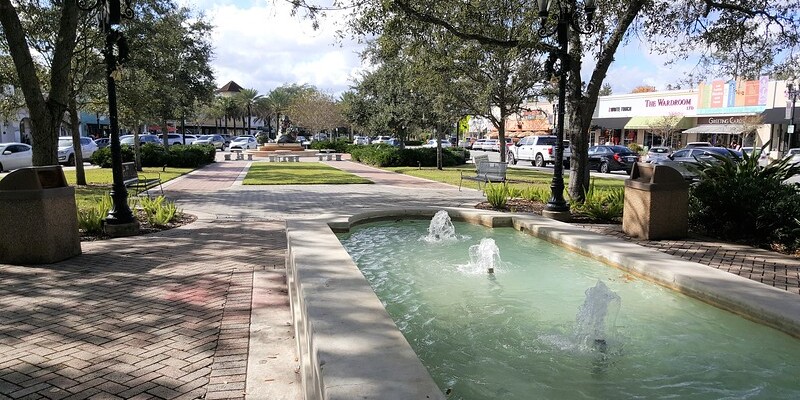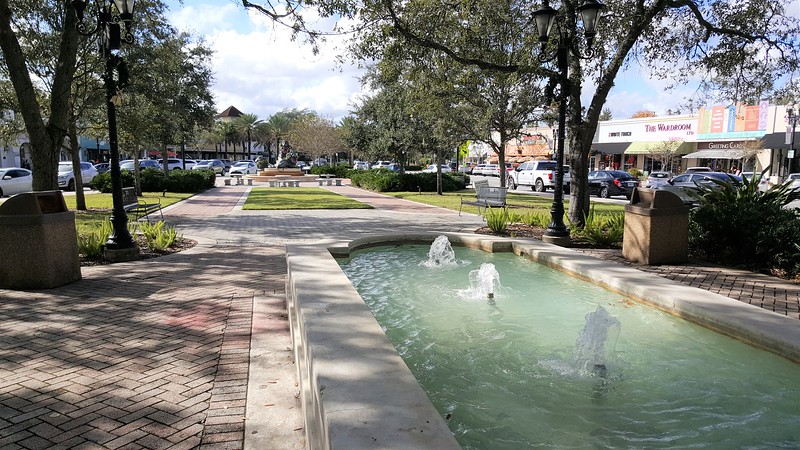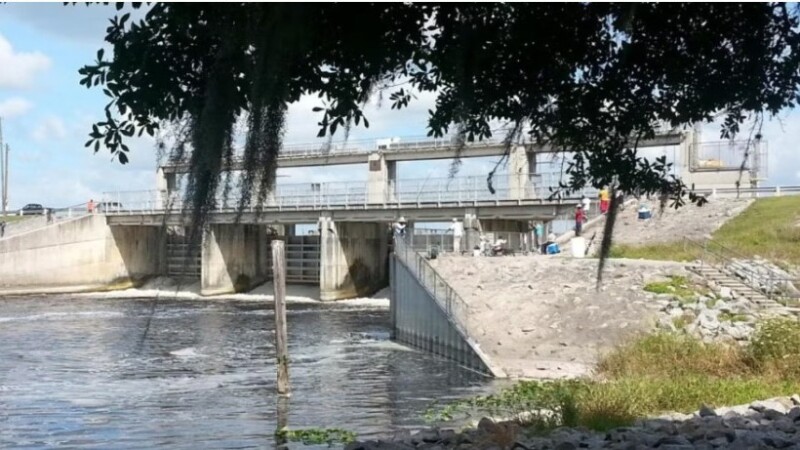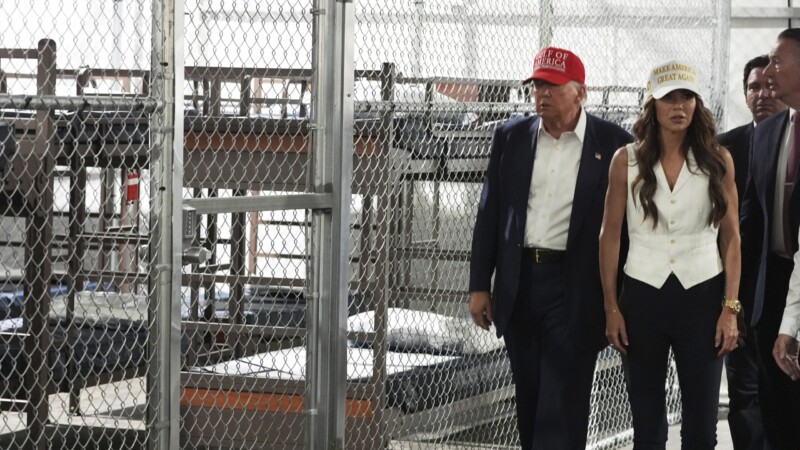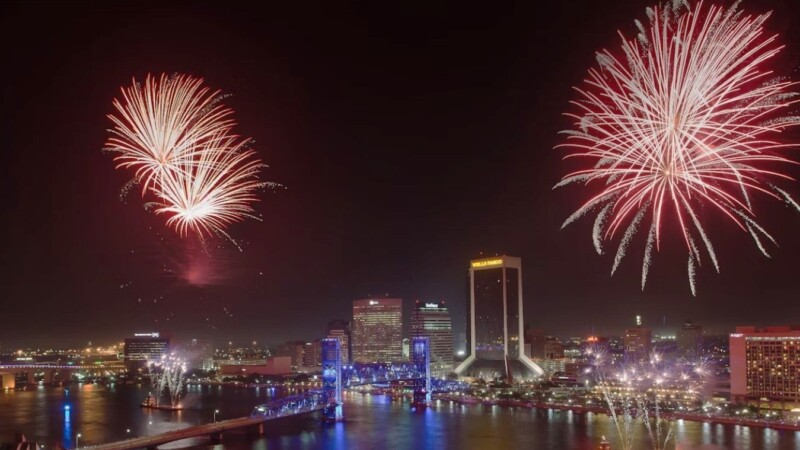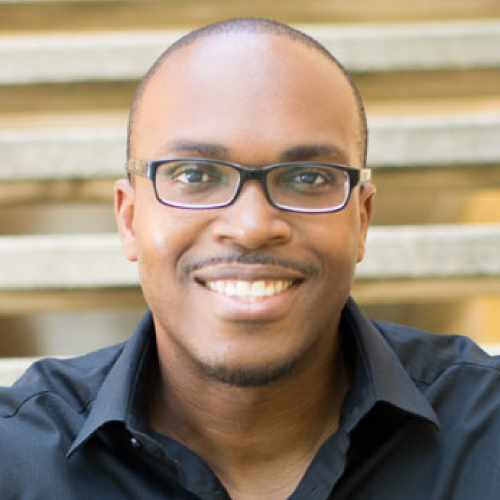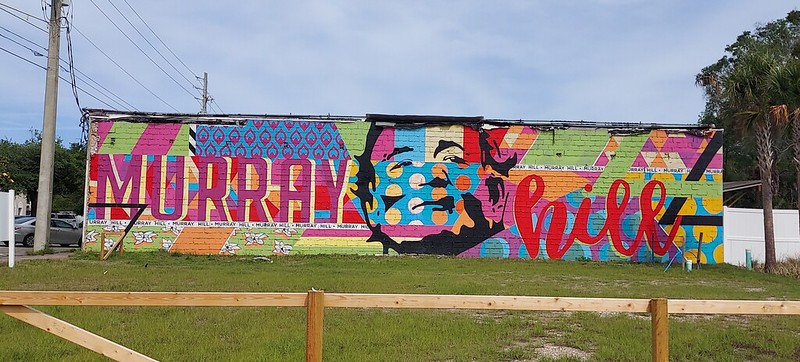
Some of the neighborhoods that now make up Jacksonville were once incorporated towns in their own right. Here’s the story of six lost towns within the Jacksonville city limits.

Mandarin: 1841-?

Located 15 miles south of Downtown Jacksonville on the east bank of the St. Johns River, what’s now called Mandarin was initially settled as St. Anthony in 1765 during Florida’s British period. In the 18th and 19th centuries, it was the site of plantations worked by enslaved Gullah Geechee people and had its own post office.
Postmaster and plantation owner Calvin Read renamed the small but growing frontier community after the mandarin orange, a key local crop, in 1830. In 1841, amid the Second Seminole War, residents incorporated Mandarin as a town. That December, Seminole forces attacked Mandarin, killing four white settlers.
Mandarin’s status as an independent town appears to have disappeared by the time of the Civil War, during which Union troops liberated the enslaved and confiscated crops. During the Reconstruction era after the war, Mandarin emerged as a destination for both Gullah Geechee and white farmers and flourished into a major exporter of citrus.
The area became the winter home of author and abolitionist Harriet Beecher Stowe, who founded a church and integrated school there. Mandarin remained largely rural until the 1960s, when suburbanization transformed the area into the residential community familiar today. Along with the rest of unincorporated Duval County, Mandarin became part of Jacksonville in the 1968 Consolidation.
LaVilla: 1869-1887

Jacksonville’s oldest suburb, LaVilla traces its roots to 1866 during the Reconstruction era. The area had been slave plantation land since 1802; its name derives from the LaVilla Plantation established in 1851. During the Civil War it was occupied several times by Union forces, including members of the U.S. Colored Troops. After the war, the land immediately west of Jacksonville was divided into plots for Gullah Geechee freedmen and women, many of them veterans.
LaVilla grew rapidly and incorporated as a city in 1869. The town’s population was largely African-American with a sizable white minority. LaVilla also became a hub for immigrants to Jacksonville, ultimately serving as home to members of the city’s Arab, Cuban, Chinese, Eastern European Jewish, Greek,and Italian communities.
In 1887, the booming town voted to be annexed into Jacksonville along with the town of Fairfield (more on that in a minute) and several unincorporated neighborhoods. Growth continued in LaVilla with the arrival of Henry Flagler’s railroad, and LaVilla became an epicenter of Black culture, music and the arts. Like many urban neighborhoods, LaVilla faced a decline in the later 20th century, and a failed urban renewal project in the early 1990s led to the destruction of most of its buildings. Today, there’s a renewed interest in preserving what’s left of LaVilla’s history and building on it to once again create a thriving urban neighborhood.
Fairfield: 1882-1887

Prior to the Civil War, the area east of Jacksonville and Hogans Creek was a sparsely populated place littered with sawmills along the St. Johns River. What would become known as Fairfield materialized in 1868 with the arrival of Jacob S. Parker, a New Yorker who acquired over 150 riverfront acres. To promote development, Parker worked to get a road built between Jacksonville and the suburb of Panama Park, with a path that would penetrate his property.
Now known as Talleyrand Avenue, the East End Shell Road opened as a toll facility in 1873, becoming one of the first paved roads in the region. With an adequate connection to Jacksonville and Panama Park, that same year Parker attracted developers to open the Roseland Hotel along the riverfront at present day Clarkson Street. The three-story hotel quickly became one of the area’s most popular destinations during the Gilded Age, as Jacksonville became a major winter destination for the rich and famous.
In 1876, fairgrounds were established on the northernmost portion of Parker’s property, with Parker serving as the manager of the first Florida State Fair. Featuring an oval track for horse racing, it transformed the growing suburb into the region’s most important sports and entertainment district.
In 1882, the community was incorporated as a town, with Parker elected as its first mayor. Due to the fair’s popularity, the surrounding community became known as the Town of Fairfield. Fairfield didn’t remain an independent city for long. In 1887, its 543 residents were annexed into the city of Jacksonville.
South Jacksonville: 1907-1932

The neighborhood now known as San Marco was once an independent city named South Jacksonville. Settlement on this part of the river dates back to 1760 when the British colonial government established a ferry landing at the “Cow Ford” to serve the colonial King’s Road. Over the next century, the surrounding land was the site of slave plantations, which were broken up and redeveloped after the Civil War. Settlements called South Jacksonville, Oklahoma and Alexandria grew together into the single community that became known as South Jacksonville.
South Jacksonville prospered as a suburb of Jacksonville, especially after the Florida East Coast Railway Bridge connected the Northbank and Southbank in 1890. By 1907, South Jacksonville was home to 600 residents, but despite its growth it still lacked basic amenities like streetlights, sidewalks and paved roadways. The citizens voted to incorporate as a city, and a small government center developed on Hendricks Avenue including a city hall, power plant, ice plant and railroad station. The city hall structure survives today as the San Marco Preservation Society headquarters, the power plant as La Nopalera restaurant and the ice plant as Aardwolf Brewing Co.
In 1925, South Jacksonville saw its biggest development yet as Telfair Stockton transformed the former Gamble and Stockton brickyard into an 80-acre residential development that he named San Marco. To support the development, Stockton established San Marco Square, built San Marco Boulevard and turned the old brickyard clay pit into Marco Lake.
In 1932, a measure to annex South Jacksonville into Jacksonville was approved by voters in both cities. In an interesting twist of toponymy, Telfair Stockton’s San Marco development had such a cachet that the name San Marco came to be applied to most of the former town, while the South Jacksonville, or Southside, spread to a much wider area south and east of the St. Johns. Today the lost city remains one of Jacksonville’s most popular urban neighborhoods.
Mayport: 1909-1917

Mayport is a small fishing community in the Jacksonville Beaches, north of the incorporated towns of Atlantic Beach, Neptune Beach and Jacksonville Beach. Unlike the others, Mayport’s experiment with self-governance in the early 20th century would be brief.
Situated at the mouth of the St. Johns River, this has been a strategic area for thousands of years. The community, originally known as Hazard, initially grew in the early 19th century as a colony of fishermen and bar pilots, whose services were needed to guide ships through the shifting sand bars that then blocked the river mouth. Early settlers came from Minorca, Portugal and France. In 1841 the village was platted as Mayport Mills, with an economy based on fishing and lumber. In the 1880s, the construction of the Mayport jetties and a railroad connection to South Jacksonville made the community more accessible, and it developed into a resort destination.
Mayport’s growth led citizens to incorporate a city government. The Florida Legislature approved the incorporation in 1909. Its fortunes as an independent town would be short-lived, however, as Mayport was largely destroyed in a devastating fire in 1917.
Though it no longer had a local government, Mayport persisted as a small but substantial fishing and shrimping community; its reputation as a shrimping hub has led to the phrase “Mayport shrimp,” a byword for fresh local shrimp.
In 1940, Mayport transformed forever as much of the area became part of Naval Station Mayport. In 1968, Mayport joined the rest of unincorporated Duval County in consolidating with the city of Jacksonville, though it retains much of its historic character as a quiet coastal fishing village.
Murray Hill: 1916-1925

An attractive destination for employees of the Seaboard Air Line Railway’s locomotive shops near McDuff Avenue, the town of Murray Hill was incorporated in 1916. Hugh Lauder served as the first mayor of the town bounded by Fishweir Creek, Lenox Avenue, Gilmore, Nelson and Kingsbury streets.
During the town’s formative years, a streetcar connection between Edgewood Avenue and Downtown fueled development and growth. Another anchor, the Florida Military Academy, prospered during World War I.
The initial fanfare of Murray Hill’s being its own incorporated community didn’t last long. Within a decade after electing Lauder, the young city fell into $300,000 in debt and became known as “Murray Bottom.”
Murray Hill’s residents desired annexation into neighboring Jacksonville. At the time, Jacksonville had its problems as well. Long known as the largest city in Florida, it had just been surpassed in population by Tampa. Adding Murray Hill’s residents would be just enough for Jacksonville to one-up Central Florida’s largest city. In 1925, the town of Murray Hill was absorbed into the city of Jacksonville.

